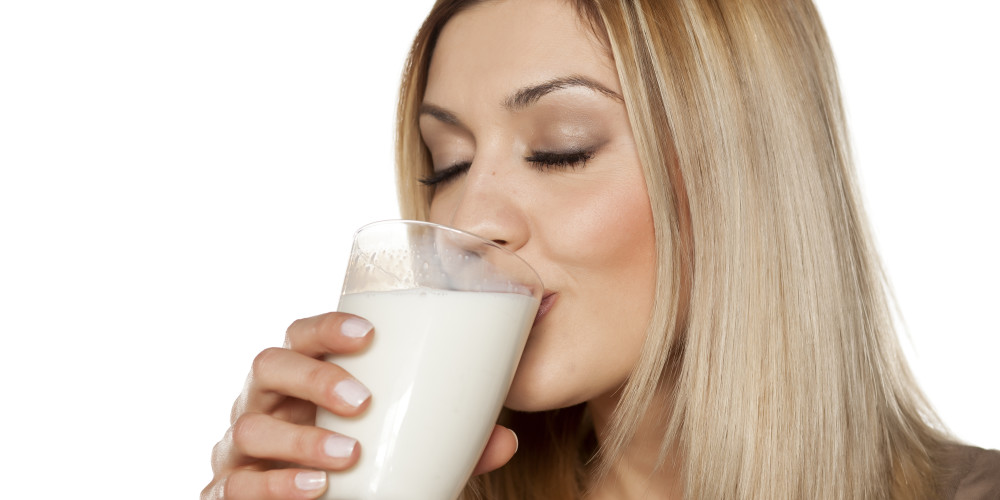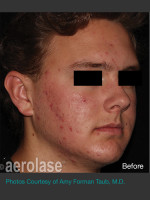Can Milk Cause Acne?

By Dr. Kyle T. Amber MD
Studying the association of foods with any disease, including acne, can be extremely challenging. I once had a patient swear to me that anytime she ate fried chicken, her acne would flare. Once she stopped eating fried chicken, her acne would go away. While this was a clear association for my patient, there are no good studies to show the effect of fried chicken on acne. How can I tell my patients to avoid fried chicken just based on one incidental association? Significant studies looking at food relationships are sparse, so when scientists take the time to look at an association between food, it's worth listening
The Milk - Acne Connection
Even as early as 1972, scientists were looking at the effect of cow's milk on acne [1]. While initial studies found no clear culprit, clinical observations prompted more studies. For example, several patients were noted to develop acne with whey protein intake [2, 3]. Could this just be a coincidence?
A study of over 4000 teenage boys found an association between the intake of skim milk and acne [4], while a similar study of almost 50,000 teenage women showed an association of acne with both skim and full-milk. An additional study looking at skim milk versus regular milk, again confirmed an association between low-fat/skim milk and acne [5]. Yet, a large Norwegian study found an association of high full-fat milk intake and acne, but none for low-fat/skimmed milk [6].
Hormones
While it seems there's an association of high milk intake and acne, it?s still unclear to what degree the fat content contributes. Some authors have speculated hormonal differences in the low-fat products account for this difference. While we have much to learn regarding the association of foods with underlying conditions, in this case, it appears that less than 2 glasses a day, may keep the pimples away. Fried chicken will have to wait for a few good scientific studies.
1. Brewington CR, Schwartz DP, Pallansch MJ. Evidence for the absence of the conjugates of acne-causing hormones in cow's milk. Proc Soc Exp Biol Med. 1972 Mar;139(3):745-8.
2. Silverberg NB. Whey protein precipitating moderate to severe acne flares in 5 teenaged athletes. Cutis. 2012 Aug;90(2):70-2.
3. Simonart T. Acne and whey protein supplementation among bodybuilders. Dermatology. 2012;225(3):256-8.
4. Adebamowo CA, Spiegelman D, Berkey CS, Danby FW, Rockett HH, Colditz GA, et al. Milk consumption and acne in teenaged boys. J Am Acad Dermatol. 2008 May;58(5):787-93.
5. LaRosa CL, Quach KA, Koons K, Kunselman AR, Zhu J, Thiboutot DM, et al. Consumption of dairy in teenagers with and without acne. J Am Acad Dermatol. 2016 Aug;75(2):318-22.
6. Ulvestad M, Bjertness E, Dalgard F, Halvorsen JA. Acne and dairy products in adolescence: results from a Norwegian longitudinal study. J Eur Acad Dermatol Venereol. 2017 Mar;31(3):530-5.


